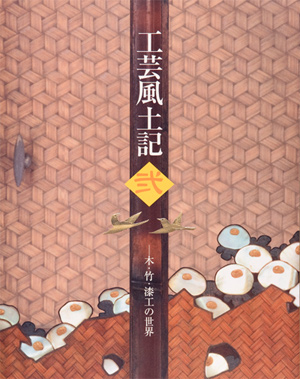| image | information |
|---|---|
 |
As the second exhibition of the series “Regional Features of Japanese Crafts'', we will focus on wood, bamboo, and lacquer crafts. In this exhibition, we will classify these various works according to the techniques and materials varying in each area. Furthermore, within the creations fully utilizing traditional techniques, we also focus on works displayed in exhibitions by artists who received high appraisal for their superior techniques and unique forms, introducing the role these artists played in succeeding tradition. In the wood division, a box made by joinery and combs made by wood from Miyakejima and Mikurashima, known for producing fine mulberry and boxwood, and marquetry work passed down in Toyama since the Meiji era will be displayed. In the bamboo division, the flower baskets created in various forms from the late Taisho to early Showa periods, are a group that transmits the traditional dexterous techniques. Among these are works by Iizuka Rokansai, a pioneer in the bamboo craft world. Along with works by the following generation, such as Shono Shounsai, they show the transition in form expression while passing down high level techniques. In the lacquer division, we introduce various techniques from various areas, such as kawarinuri of Tsugaru, makie of Aizu and Kanazawa, Kagawa, Kurume, and Okinawa. Especially among the works by Mae Taiho exhibited in the Tciten (Exhibition of the Teikoku Bijutsuin), which acted to make the chinkin technique of Wajima famous, the superb techniques of his piece exhibited in the 1932 Teiten, will fascinate viewers. We hope this exhibition will be an occasion to experience the charm of the various materials with warmth and flexibility, familiarly used in Japan since ancient times, namely wood, bamboo and lacquer. |